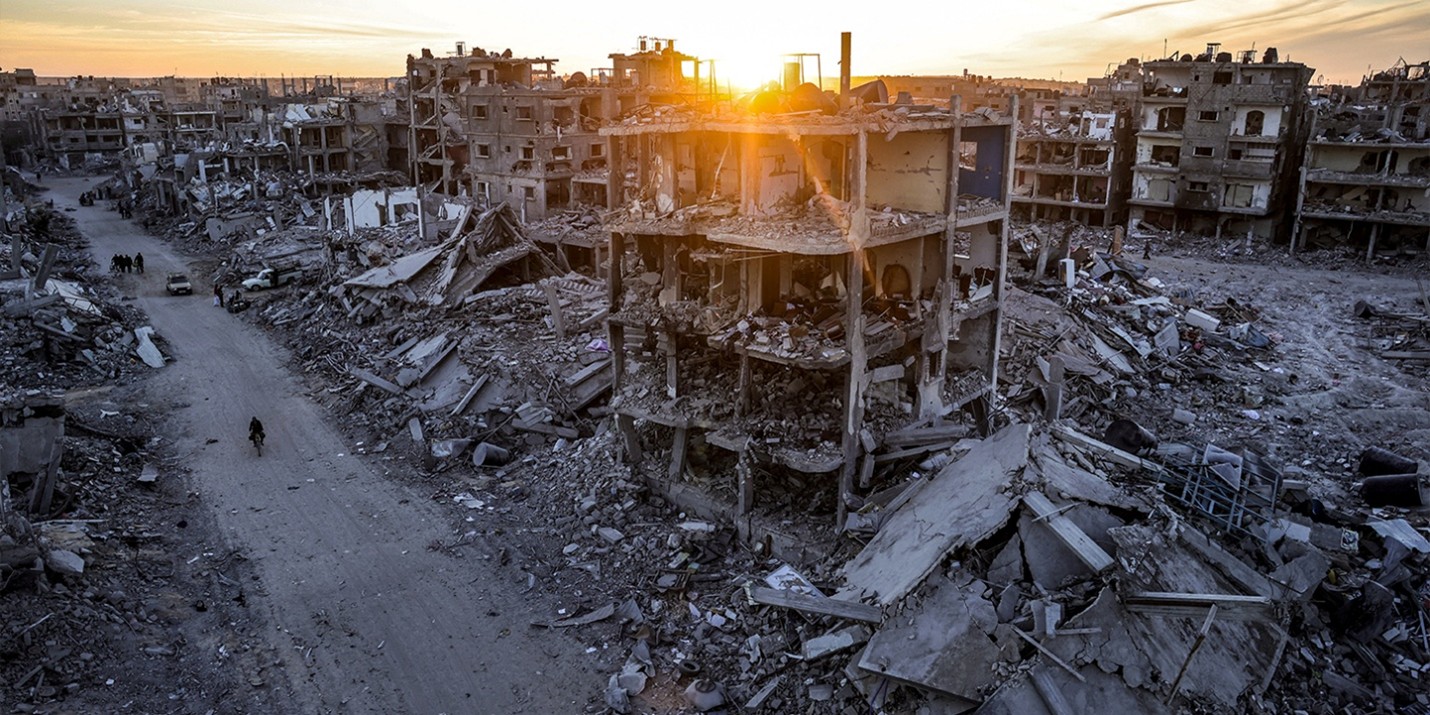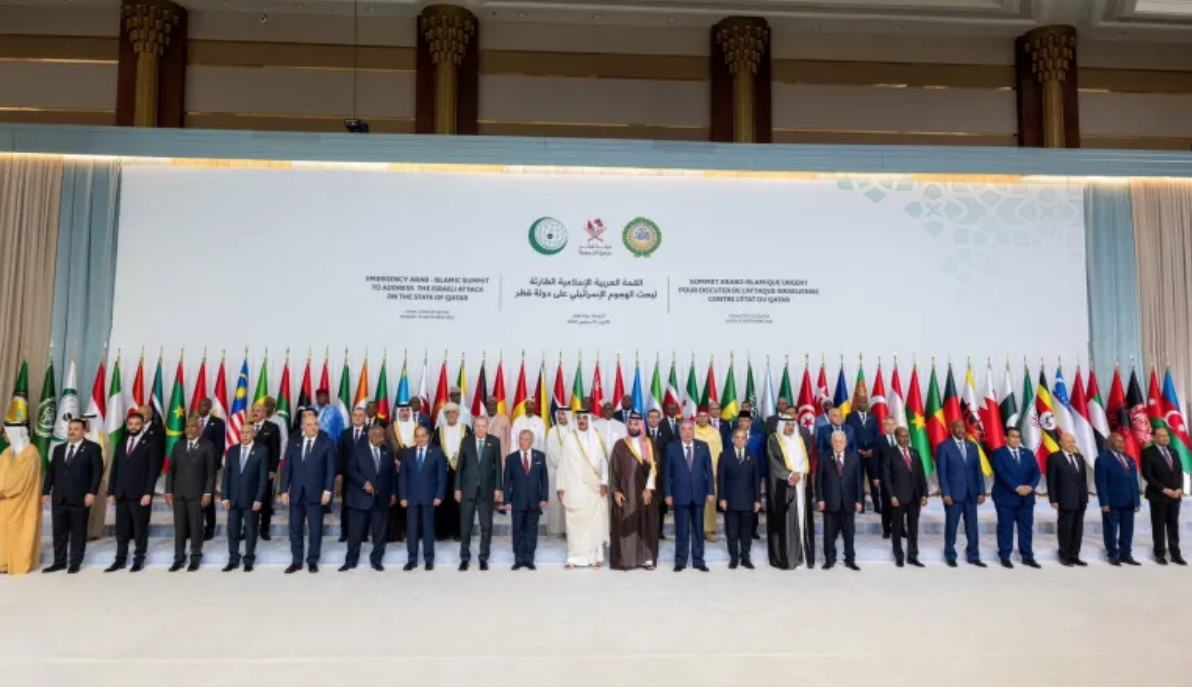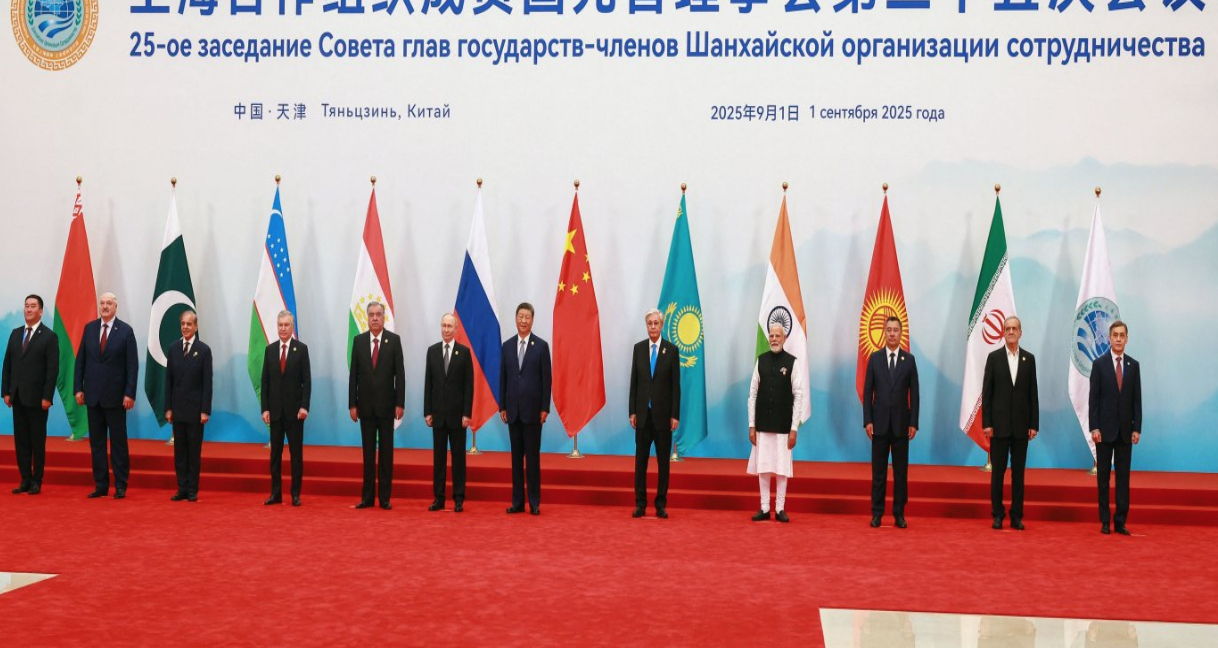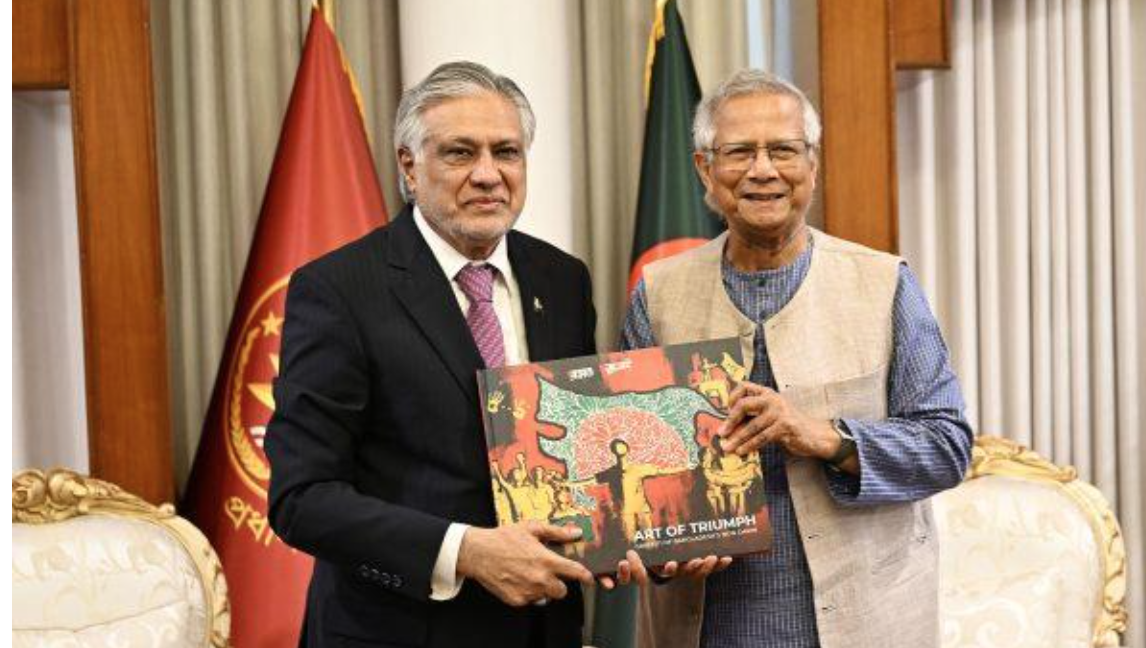The war in Gaza has produced one of the most devastating humanitarian catastrophes in recent memory. According to United Nations estimates, nearly 1.9 million people, which is about 90 percent of the population, have been displaced, many multiple times. More than 54,000 Palestinians have been killed and over 120,000 injured since October 2023. Yet beyond these staggering figures lies a deeper political tragedy: the transformation of humanitarian aid and ceasefire negotiations into instruments of coercion and control.
In Gaza today, aid has become weaponised. What was once a neutral lifeline is now used to extract political concessions and manage public perception. The so-called Gaza Humanitarian Foundation, a US-Israeli initiative involving private contractors and former intelligence personnel, epitomises this trend. Its operations restrict assistance to selected areas while excluding others, effectively conditioning survival on political compliance. The resulting militarisation of aid distribution, marked by repeated incidents of deadly gunfire near food and supply centres illustrates the erosion of humanitarian principles and the collapse of international protection mechanisms. Starvation and relief have become bargaining chips in a broader geopolitical game.
Ceasefire diplomacy has followed a similar logic. Recent negotiations have been framed as efforts to end hostilities, but they largely serve as tactical pauses to consolidate military and political positions. The proposed 60-day truce, mediated by the United States with the involvement of Egypt and Qatar, embeds this asymmetry. It promises limited humanitarian relief and partial redeployment of Israeli forces, yet leaves the core issues: occupation, blockade, and statehood untouched. The release of hostages and prisoners, though symbolically important, cannot substitute for a political settlement. Each phase of negotiation reinforces the imbalance of power that allows one party to dictate the terms of both war and peace.
Western diplomatic responses have been hesitant and fragmented. A joint statement by European and allied nations calling for restraint and humanitarian access reflects moral concern but lacks enforceable consequences. Despite growing international outrage, Israel continues its military operations and settlement expansion with relative impunity, shielded by entrenched geopolitical alliances. This pattern exposes the limits of liberal humanitarianism where condemnation substitutes for accountability and aid replaces political courage.





